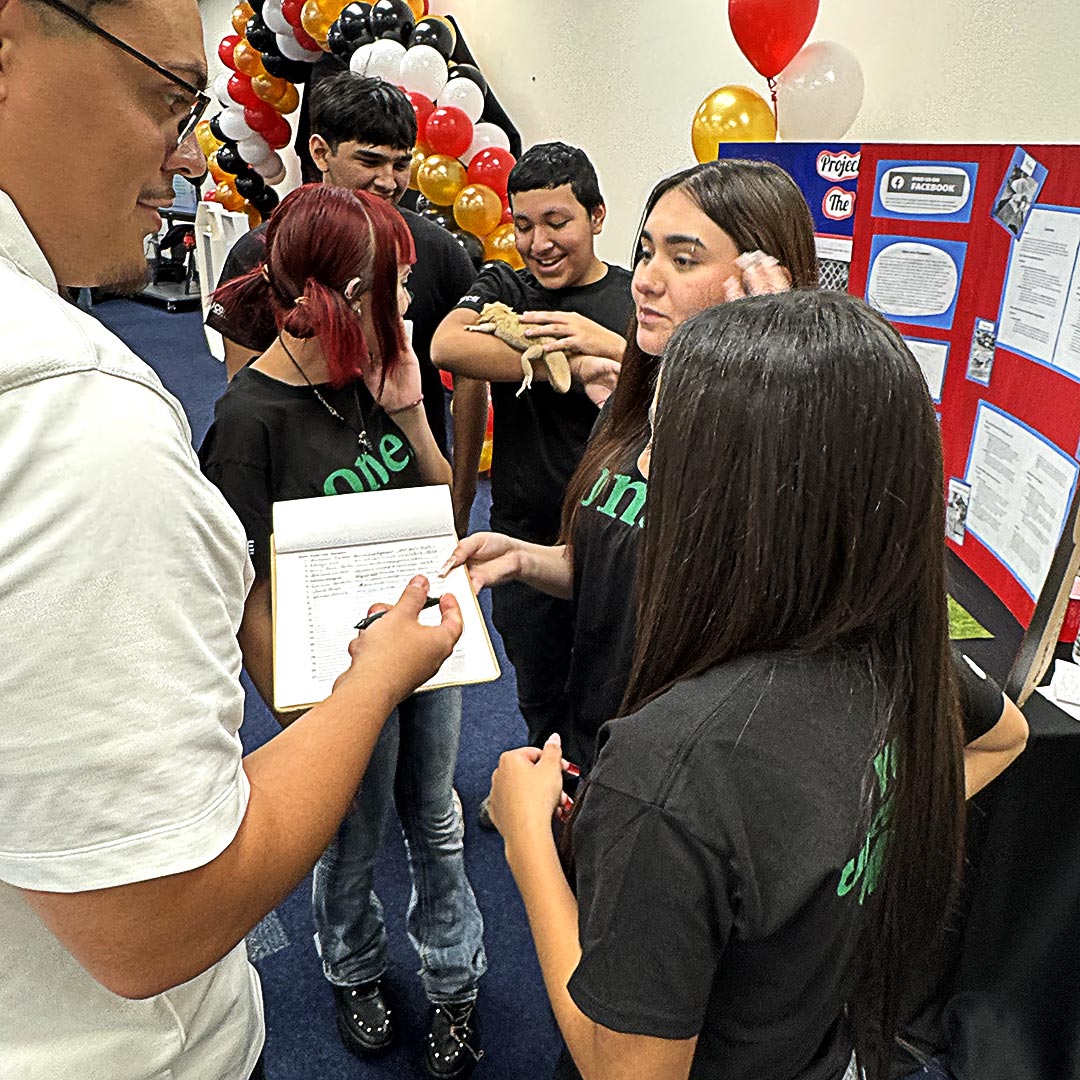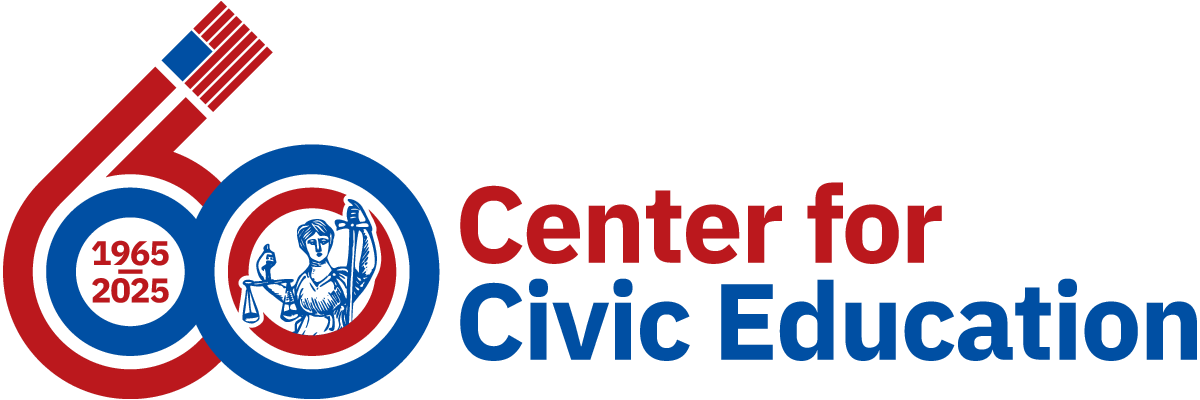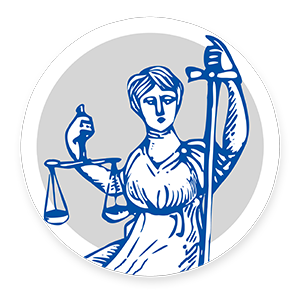
Democracy: More than the Sum of Civic Education Parts
Donna Phillips
December 2024
In the last days of 2024, I had a full circle moment that filled me with an even greater sense of urgency and humility for the work of civic education. On December 18th, I traveled to San Joaquin County school district for their Project Citizen showcase. In addition to their civic knowledge proudly on display through their project board, presentations, binders, and notes, as well as in their conversations with the community members, what was also clear was their civic skills and dispositions. Students remarked how this was one of the hardest things they have had to do because they had to keep researching, and reading and collaborating with their group.

The first thing I noticed as I entered the large multi-purpose room in the school district's headquarters, is the low hum of excited and anticipating voices among students and their teachers. They are busy setting up trifold boards, loading digital presentations, reviewing notes in binders and on note cards, and organizing their displays on their tables. There were four schools represented and the students were dressed similarly with t-shirts with the word “one” and the name of their alternative school or charter school. Students were clustered in small groups and while they finished their final preparations some of them walked around to other tables and displays. While I was naturally drawn to the students and what they were about to share, I also noticed the adults and the room as well. Parents, siblings, and school and community officials were also making their way through the room, checking in with the students and their teachers, and giving words of encouragement. A school district curriculum leader welcomed everyone, introduced the “officials” in the room including myself, our California State Coordinator, several school board members, county officials, and district leaders, shared the flow of the afternoon and invited the guests to make their way around to each student table. This is where it all began to sink in.
Students wore badges with their names, their school, and statements like “Ask me about our plan to reduce homelessness in Stockton.” These students spoke from their heads and their hearts about their communities, what they learned about government, power, and decision-making, and how this knowledge helped them identify a public policy solution to a community problem. Students in San Joaquin took aim at the stray animal problem, neighborhood violence, school nutrition, and their district’s lack of a cell phone policy. They shared proposals that included using underutilized resources to support their solution, and questioned the equity behind why their food options for school lunches were markedly different from students in neighboring schools.
I learned that it seems very unfair that (our school) gets food differently from how the other schools get their food and it’s like they are not taking our school seriously. But we have a meeting coming up with Ms. N. who is the nutrition director and she answered our phone call and read our letter so I think she will listen to us when we meet in January. —Student from ONE Academy
There was a lot to learn, and homelessness will never be fully solved, but we just want to shine a light on it and bring awareness the best we could. We reached out to a lot of organizations. We called the numbers for some of the organizations and they went straight to voicemail and we left messages and we got really frustrated, because obviously when you are homeless and you don’t have (sic) nowhere to go and you just want fast results immediately. But there is a ribbon-cutting ceremony for a new homeless shelter and we honestly think that would be the best solution. —Student from ONE Charter
In addition to their civic knowledge proudly on display through their project boards, presentations, binders, and notes, as well as in their conversations with the community members, what was also clear was their civic skills and dispositions. Students remarked how this was one of the hardest things they have had to do because they had to keep researching, and reading and sharing with their group. They had to rely on other members of their group and when someone was absent or someone new came into their class (this particular population of students are more transient, with students attending their school anywhere from two weeks to several months or semesters), they had to adjust their planning and bring others up to speed. Students reflected that while this made it harder, now that they were here sharing what they have learned, they felt like the true experts because of all the work they did together. As one student put it, “We struggled together.” Some students naturally fell into roles of speaker or writer, and others surprised even themselves by being the one to answer questions of the community members.
That was not my role, but when they asked the questions about our issue, I realized I knew the answers and wanted to talk about what I know.
When people ask how to educate for civic engagement, it is this. When they ask what is the essence of civic education, it is this. It is the interaction of the students fully confident in their civic knowledge, and actively applying civic skills. They form the civic dispositions that take them into society. And when students have these interactions with community members, it fortifies their civic education even more and spurs the lasting disposition for civic engagement.
In thinking about purposes of civic education, is this not what the ultimate aim is? We are teaching students to interact with each other so that when they leave the classroom they have a semblance of what it may mean to act in civil ways outside in society. A democratic society is nothing without the people acting in support of the common good.
 As Hewitt (2005) states:
As Hewitt (2005) states:
Shared activities stimulate, organize, and direct individuals’ senses, attention, and motion. Shared activities provoke thought and incite emotion necessary for personal—and social—growth… In short, shared activities are organs of intelligence. They form the central nerves whereby the individual not only develops specific tendencies to act, but more or less realizes his or her inherent connection to others as an indispensable condition for nourishing personal growth. (p. 121)
Thus ultimately, civic education is about interacting around civic knowledge. Broaden the audience for this interaction from classroom to community and the civic education deepens even further.
In his famous Democracy and Education, Dewey (1916/2004) makes a case for the importance of human interaction in a democracy:
Lack of the free and equitable intercourse which springs from a variety of shared interests makes intellectual stimulation unbalanced. Diversity of stimulation means novelty, and novelty means challenge to thought. (p. 54)
This challenge to thought is pivotal in a democracy, for without it, as Dewey (1916/2004) claims, we are no more than mere slaves. In the classroom, diversity of stimulation is essential in civic education. Without the opportunities to interact with one another, thereby engaging in novel situations and thoughts, students are left having to accept another’s (usually the teacher’s) purposes for their own education. (Paoletti Phillips, 2006)

Witnessing the students, teachers, and community members in action and inter-acting, I was taken back to the summer of 2023 when my team and I breathed life into the proposal for funding we call Project Community, an opportunity to intentionally integrate media literacy into our Project Citizen program and prioritize working with underserved and underrepresented teachers and students across the country. We were awarded the grant in September and quickly began building the team of expert civics and media literacy practitioners, writing curriculum, designing professional learning, and recruiting for the pilot.
Flash forward to summer of 2024 in beautiful Honolulu where 25 teachers from California and Hawaii spent a week with our team and state coordinators, immersing themselves in their own civic education around the role of government, foundations of American federalism, public policy, media literacy, and project based learning in civics. Teachers participated as learners in their own Project Citizen showcases and made plans for implementation back in their schools. Our state coordinators and civics mentors continued to meet with the teachers regularly to support their implementation.
Now it is December and I get to witness the fruition of this theory of change, that if we provide research-backed experiential civic education programs, supported by immersive professional learning, yearlong mentorship, and implementation coordination, then we will see true change in civic outcomes in knowledge, skills, and dispositions. I got to witness that up front as the very teachers who were learners in the summer were now proudly facilitating the students’ civic learning. The state coordinator was there to support the event and lend gravity and importance as well as good cheer and feedback to the school districts and their students.
I have personally experienced all the different aspects of this winning formula for true education for civic engagement, but never in such a full-circle moment. Civic education does not happen with just the transmission of knowledge. It happens when there is application of civic skills in simulative or real democratic settings. It is in the interactions between and among the students and between the students and members of their communities, large and small, where civic dispositions are fortified. True civic education is greater than the sum of its parts.
Dewey, J. (1916) Democracy and education. Retrieved April 2006 from http://en.wikisource.org/wiki/Democracy_and_Education#The_Democratic_C onception_in_Education
Hewitt, R. (2005). Realizing a common good. In D. Breault & R. Breault (Eds.), Experiencing Dewey: Insights for today’s classroom (pp. 120-123). Indianapolis, IN: Kappa Delta Pi, International Honor Society in Education.
Paoletti Phillips, D. T. (2006). Fueling the fire: A phenomenological exploration of student experiences in democratic civic education (Doctoral dissertation, University of Maryland). ProQuest Dissertations and Theses.






